Female Buff Brahma
Continue ReadingSearch Results for: buff
Male Buff Brahma
Male Buff Brahma
Continue ReadingOrpington Chickens in the Heritage Breed Spotlight
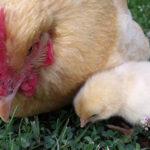
Orpington chickens get their name from the town of Orpington in Kent, England. They are the creation of Britain’s William Cook, whose goal was developing an outstanding meat and egg breed that tolerates England’s cold winters. Orpingtons first appeared at exhibition in London in 1886 and were first shown in the United States in 1895. […]
Continue ReadingSilkie Bantam Chickens in the Breed Spotlight
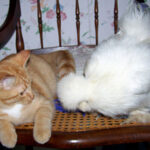
The details of exactly when and how Silkie bantam chickens came into being have been lost in the mists of time. The breed was first mentioned by Marco Polo, who wrote about “chickens with fur-like feathers and black skin” in his 13th century report of his explorations in Asia. Most likely Silkie chickens existed long […]
Continue ReadingHeritage Breed Spotlight: Khaki Campbell Duck
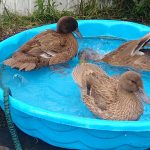
The Khaki Campbell duck came about when Adele Campbell of Gloucestershire, England, wanted a dual-purpose duck that laid well, but with a good-size body for roasting. The resulting duck breed first appeared in the late 1800s. The ducks’ buff-color plumage reminded Ms. Campbell of army uniforms, hence the name Khaki Campbell. Introduced to the United […]
Continue Reading11 Cold Hardy Bantam Breeds
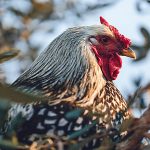
Chickens, including bantams, tend to do better in cold weather than in hot weather. However, some bantams tolerate the cold better than others. Certain features — such as dense plumage, leg feathering, beards, and small combs — contribute to a cold hardiness. Often the country of origin provides a clue to a breed’s climate tolerance. […]
Continue ReadingChicken Breed Abbreviations
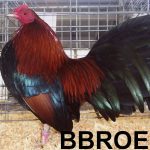
Chicken keepers often use abbreviations and assume their listeners know what they mean. Here are some of the more common chicken breed abbreviations, along with abbreviations for variety features and those used for show that may be puzzling when you see them in poultry publications, forums, and websites. Note that abbreviations may be combined to […]
Continue ReadingBreed Spotlight: Appenzeller Spitzhauben Chickens
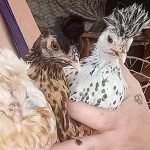
Spitzhauben chickens originate in the Appenzell district of Switzerland. They are therefore often called Appenzeller Spitzhaubens. The Swiss word spitzhauben refers to the breed’s crest of forward curving feathers, which remind Appenzell residents of their traditional lady’s bonnets. Near Extinction According to The Livestock Conservancy, Spitzhaubens have been known since the 16th century, kept in […]
Continue ReadingWhat Color Are Duck Eggs?
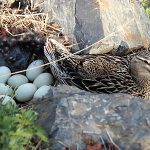
The natural color of wild duck eggs is greenish or bluish. That’s because eggs with tinted shells are easier to hide from predators. Many consumers, however, prefer eggs with white shells, presumably because white represents purity. Eggs with Blue-Green Shells Wild mallards lay eggs with blue-green shells. Domestic Mallards usually lay eggs with blue-green shells, […]
Continue ReadingWhen Not to Add Vinegar to Chickens’ Water
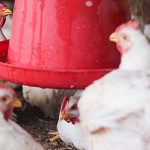
A lot of chicken keepers are fond of adding vinegar to their chickens’ drinking water. Chickens like the taste of vinegar in mild doses — one tablespoon vinegar per gallon of water. And since hens run the risk of dehydration during hot summer weather, many backyard keepers add vinegar to chickens’ water to encourage their […]
Continue Reading